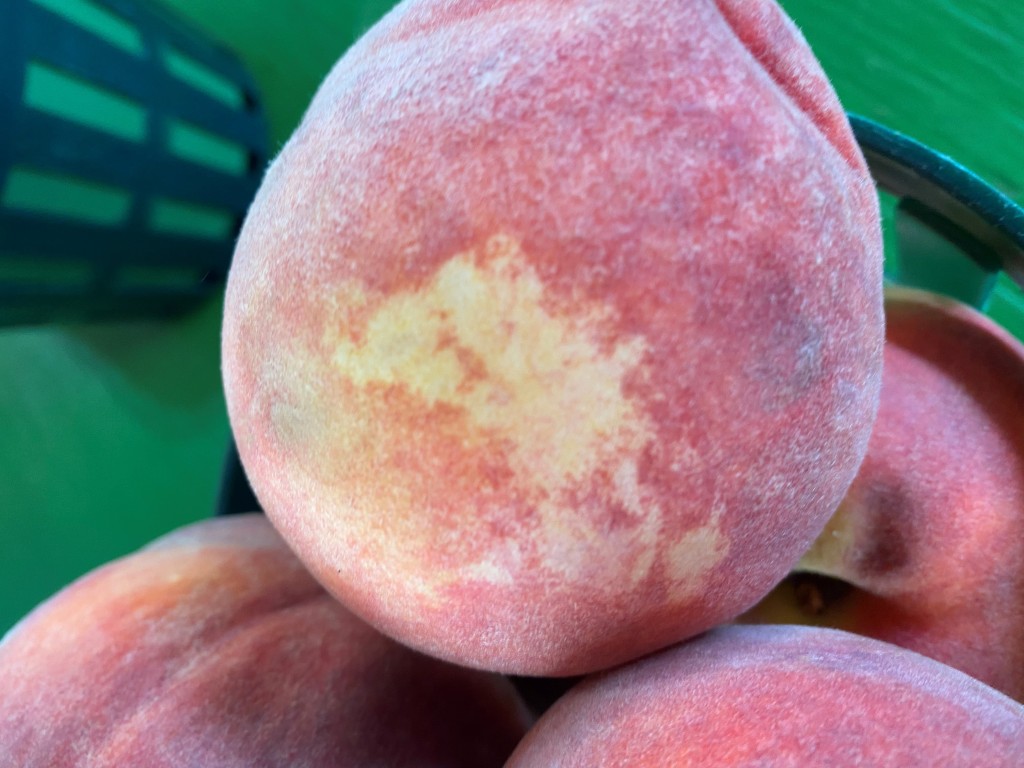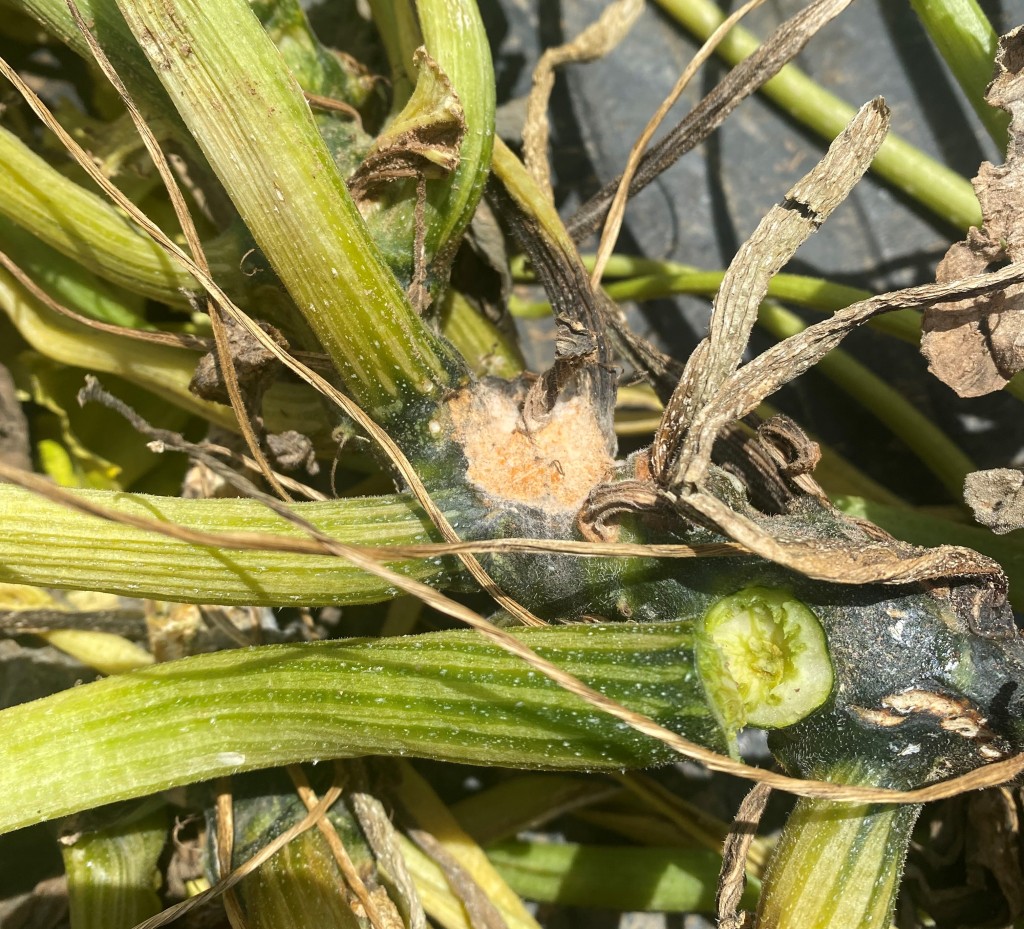Clemson Extension agents provide updates in the The South Carolina Grower this week about the status of various crops being produced throughout the state.
Weekly Field Update 7-19-21
Statewide
Dr. Tony Keinath’s remarks on fungicide stewardship:
Growers who are applying newer fungicides that are pre-mixes of two active ingredients do not need to add another fungicide to the tank mix. Pre-mixes can easily be identified by the two FRAC Codes on the label in the top right corner. Please consider the following points:
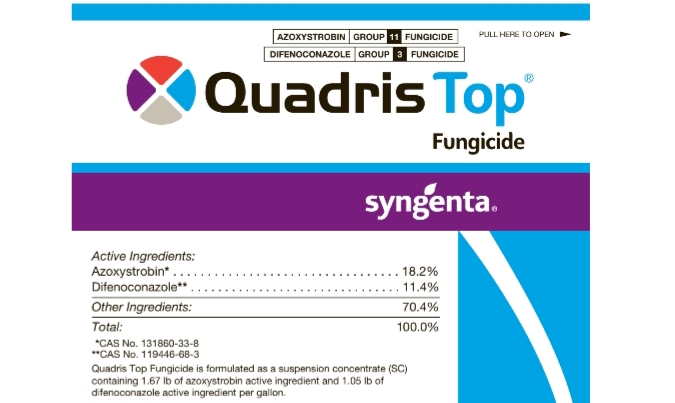
- Many newer fungicides are sold as pre-mixes to reduce the risks of fungicide resistance in fungal and water mold pathogens. Mixing two active ingredients often is a way to prevent or slow resistance development, as long as both active ingredients work against the same disease.
- Sometimes two active ingredients are mixed to expand the range of diseases controlled. For example, Quadris Top controls both anthracnose (the Quadris part) and gummy stem blight (the “Top” part, which is Inspire).
- Mixing more than 2 pesticides, whether they are 3 fungicides or 2 fungicides plus an insecticide, increases the risk of pesticide injury (burn). Risks may be greater if a spreader-sticker is added, or when air temperatures are above 90 degrees fahrenheit.
- Adding another fungicide to a pre-mix fungicide increases fungicide costs, often without increasing disease control.
Growers should contact their Extension agent before adding another fungicide, even a protectant, to a pre-mix fungicide to be sure it’s really necessary.
Midlands
Justin Ballew reports, “Not much has changed in the midlands over the last week. We’ve received some scattered rain, and it has been warm and humid. As a result, we are still seeing disease issues. We’re still picking tomatoes, squash, zucchini, cucumbers, sweet corn and a few greens. We’re at an in-between stage in several fields where the spring crops have been finished and folks are preparing to plant fall crops. Some have already started fall cucurbit plantings. For anyone planting strawberries this fall, if you are still deciding which varieties to try, take a look at the NCSU’s 2020/2021 variety comparison data (pages 9 and 10).
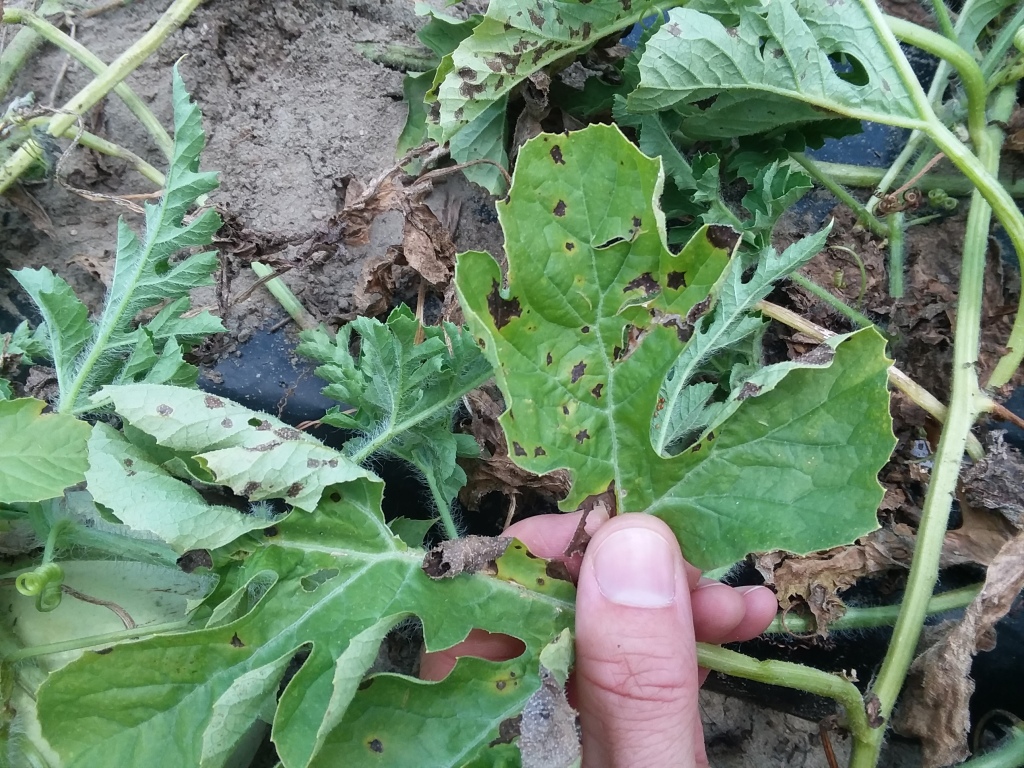
Pee Dee
Bruce McLean reports, “Vegetable crops are looking pretty good across the Pee Dee. Fields that have received rain or are irrigated look very good. Fields that have missed the rain are a bit drought-stressed. Sweet corn, peas, butterbeans, tomatoes, squash, watermelons, cantaloupes and cucumbers are all being harvested in good volume. Okra is just beginning to be harvested well. Growers are still fighting cucurbit downy mildew (CDM) on cucumbers. Fields that have been sprayed with fungicides for CDM (Orondis Opti, Gavel, Ranman, and Omega) are relatively clean and producing well. Fields that have not received those products are in severe decline. Cowpea curculio is still being a challenge. Some growers have asked about adding PBO8 (Piperonyl Butoxide) synergist to their insecticide application. Research has shown some efficacy, so it does help. But it is not the silver bullet that everyone is looking for. There really is no alternative to having a robust spray program, spraying every three to five days starting prior to bloom.
Many varieties of blueberries have already finished up, with only mid-late and late rabbiteye blueberries going now. Blackberries have finished up as well. Summer primocane tipping and floricane removal has begun. Be sure to apply a broad-based fungicide to all open wounds/pruning cuts to prevent disease development (I.e. cane blight, etc). Muscadines are sizing up pretty well. Grape root borer traps have been placed in vineyards, but no moths captured yet.
Upstate
Kerrie Roach reports, “Things in the Upstate were a little wet the last few days, and it looks like showers will continue into the middle part of the week at least. Continue preventative measures for disease control and if/when a plant seems too far involved, remove and dispose of the entire plant to prevent further spread. Squash vine borer has been one of the continued problems in market garden production in the last two weeks. At this late point in the season and lifecycle, monitor plants closely and as soon as frass is seen, carefully cut the stem longitudinally and remove/kill the larval stage of the borer. You can mound soil on the cut part of the stem to help encourage new root growth. If done early enough, plants can continue to thrive despite the slice in the stem. New plantings of cucurbits set out in the last week or so should mature after the adults have finished laying eggs, but monitor closely for any wilting. Crop rotation, row covers, traps (yellow bowl of water) and pesticide applications can also be used as a part of a good IPM program. Check out the crop handbook for more specifics.
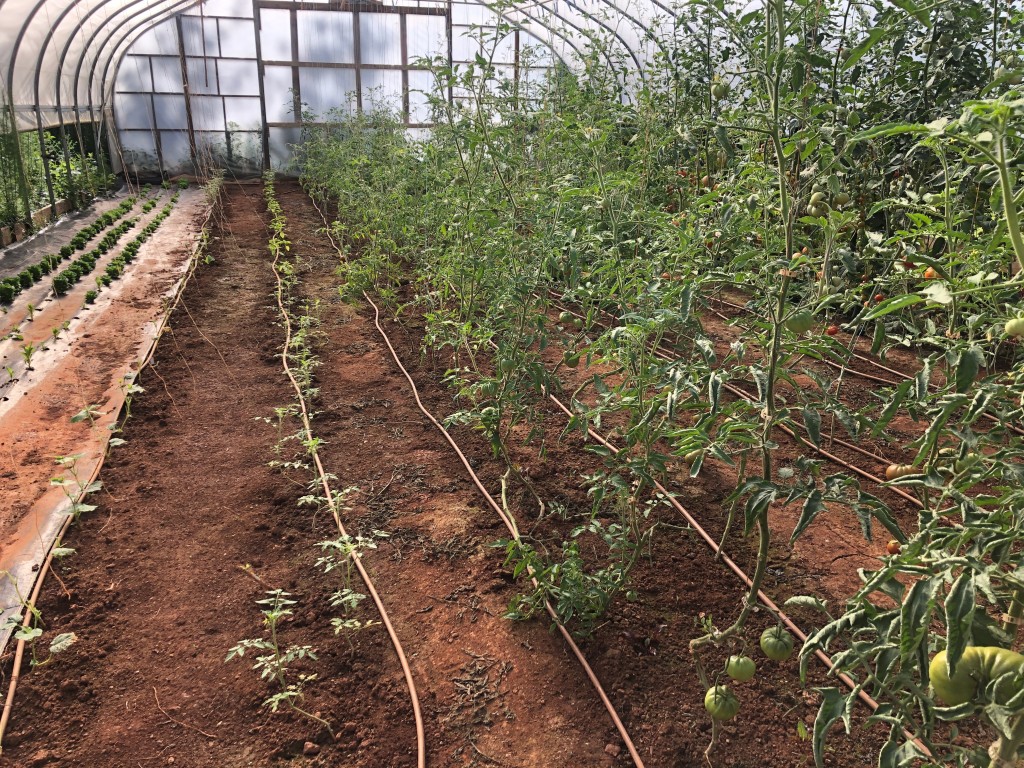
Andy Rollins reports, “We are having thrips issues on three crops: peaches, pepper and cucumber. Thrips, as seen in the picture, cause surface damage to the outside, which makes it aesthetically less appealing and marketable. On pepper they damage the leaves and can transmit viruses to the plant (on cucumber also). They are much worse in greenhouse and high-tunnel settings. I have been recently concerned about the presence of chili thrips and I am waiting on definite identification. This is a good website about this new pest. I also found a rare disease called foot rot of squash in the upstate. It was identified by Dr. Tony Keinath. Rotation is very important with all of our vegetable crops. We are picking some excellent quality peaches in the upstate. Cold damage has limited our wholesale picking.”
